Diagnostic Tests for the Vestibular System
The vestibular system is complex and responsible for many of the body’s functions. In order to narrow down the exact cause of dizziness it is necessary to administer a variety of tests. These measure eye movements, head movements, hearing and more.
Studies indicate vestibular testing is extremely thorough and accurate in identifying inner ear disorders. Vestibular testing is also helpful in determining whether additional diagnostic testing, such as an MRI, is needed. At the Vākśravaṇa Clinic Dizziness & Balance Diagnostic Center we have state of the art equipment to administer a comprehensive vestibular test battery. Our diagnostic testing includes:
- Electronystagmography (ENG). This series of tests measures eye movements via electrodes placed around the eyes. ENG tests usually consist of four parts: evaluation of rapid eye movements, tracking tests to measure eye movements as they follow a visual target, positional test for measuring dizziness in response to different head positions and a caloric test that measures responses to warm and cold water circulating through a tube in the ear canal. Most people reporting dizziness or vertigo will be given ENG tests initially.
- Videonystagmography (VNG). This is similar to ENG testing, but an infrared video camera attached to a pair of goggles is used in place of electrodes. The same four-part testing process is utilized.
- Vestibular Evoked Myogenic Potential (VEMP). VEMP testing is used to determine whether the saccule (an inner ear organ) and vestibular nerves are functioning properly. Electrodes are attached to the neck and sounds are transmitted through a pair of headphones. The electrical response of the sternocleidomastoid muscle in the neck is recorded.
- Video Head Impulse Testing (vHIT). vHIT is a clinical test of each semi-circular canal of the inner ear. Ultra-light weight goggles embedded with a camera capable of assessing high rates of eye movements are placed on your head. Your audiologist will perform several head movements and collect data to determine the status of your vestibular system.
- Rotary Chair. Rotary chair (sinusoidal harmonic acceleration) is a clinical test of the vestibular ocular reflex (VOR). The chair gently moves from side to side at a calibrated frequency. This test collects valuable information on vestibular function and is the gold standard for detecting bilateral vestibular loss. It can be beneficial for adults and children.
These tests may be combined with additionalhearing or diagnostic tests depending on the results.
Call MVM Vākśravaṇa Clinic at 080-69956566 for more information or to schedule an appointment.
